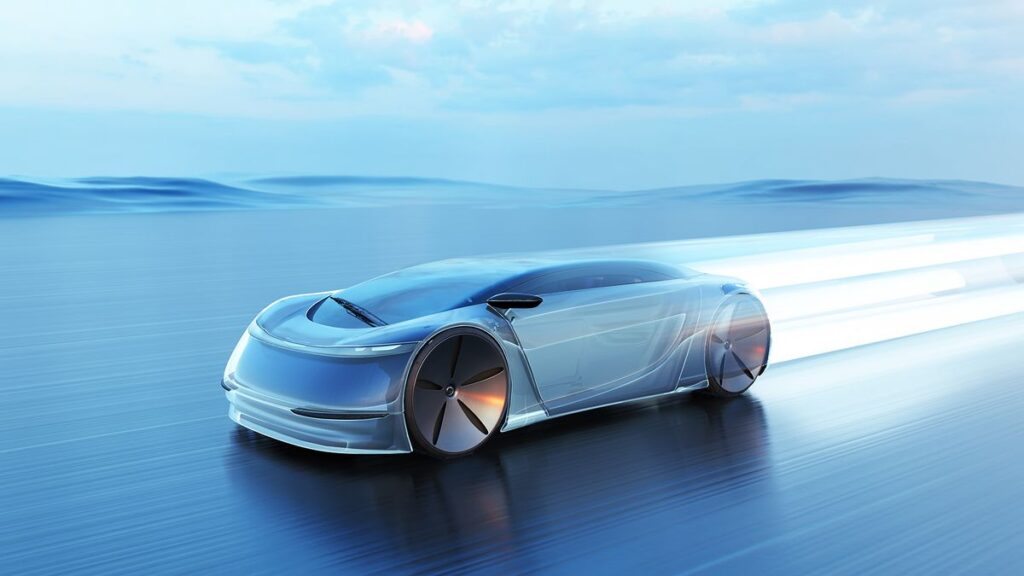
Electric vehicles (EVs) keep influencing South America’s energy sector, prompting the development of new technologies. Electric vehicles were initially powered by renewable energy sources. This helps to lessen reliance on fossil fuels while also lowering greenhouse gas emissions. Electric vehicles so help to promote sustainability, decarbonization, and energy independence. While the adoption of electric vehicles is slow and steady, there are ways to speed up the process. This by converting gasoline-powered cars into electric vehicles, which is less expensive than purchasing a new EV. Other approaches include using ethanol-powered internal combustion engines (ICEs). In addition, high-quality formed wires help in the manufacture of batteries for energy storage. This makes it a critical component in development of electric vehicle infrastructure.
Formed wires assist in the transmission of power, signals, and data throughout the vehicle’s systems. They verify that the various electrical components work properly. They are also used in charging systems and energy-management solutions. The availability of market potential, government policies, and the region’s rising commitment to sustainability all encourage foreign investment in South America. The dominance of hydropower in Brazil, Uruguay, and Paraguay encourages electric car sales. Other firms focus on ethanol-powered internal combustion engines for the EV industry. Dive in as we look at how biofuels benefit the electric vehicle sector and the role of formed wire in the infrastructure.
Significance of formed wires in the electric vehicle infrastructure
The function of formed wire goes beyond the vehicle to the larger EV infrastructure. They play a role in charging systems and grid interconnection, ensuring sustainability. Formed wire helps with power distribution, data connection, safety, and thermal control. As technology advances, formed wires will play an important role in ensuring dependable, efficient, and safe energy delivery. Using durable and adaptable shaped wires will improve the future of electric mobility. The following are the uses of formed wires in electric vehicle infrastructure.

- Power distribution within EVs – formed wires connect the battery pack to the motor and other components. These components include inverters, converters, and charging ports. The wires must be able to handle high voltages and currents to send power efficiently. Formed wires also serve in low-voltage applications. This includes connecting control modules, sensors, and lighting.
- Battery management systems (BMS) – the battery management system ensures the battery operates safely. Formed wires connect the BMS to individual battery cells, temperature sensors, and voltage monitors. These connections allow the management of charging, discharging, and thermal regulation.
- Charging infrastructure and connectors – the charging cables use formed wires to connect EVs to charging stations. This allows the transmission of electricity from the grid to the vehicle’s battery. Specialized formed wires and cables handle the transmission of electrical energy.
- Thermal management systems – EVs use thermal management systems to regulate the temperature of the battery. Formed wires connect the temperature sensors, pumps, fans, and heating or cooling elements.
- Smart grid and vehicle-to-grid applications – vehicle-to-grid allows electric vehicles to send energy back to the grid during peak demand periods. This helps to stabilize the grid and integrate renewable energy sources. Formed wires enable communication and power transmission in smart charging systems. They systems optimize when and how much an EV charges.
How Biofuels contribute to Electric Vehicles in South America
Biofuels can benefit electric car infrastructure in a variety of ways. EVs, despite their reliance on electricity, can be powered by biofuels in hybrid and range-extended vehicles. The combination of biofuels with electric vehicles can result in a more flexible and sustainable transportation system.Here‘s how biofuels help electric automobiles in South America.

- Hybrid and range-extended electric vehicles – these vehicles use a small internal combustion engine to generate electricity when the battery is low. The engine can be powered by biofuels like ethanol, biodiesel, or renewable diesel to reduce reliance on fossil fuels.
- Electricity generation from biofuels – biofuels can help power generators that produce electricity for EV charging stations. Biofuels can reduce the carbon footprint of electricity generation. This is especially in countries that depend on fossil fuels.
- Reducing carbon emissions in battery production and recycling – the production and recycling of EV batteries are energy-intensive processes. Using biofuels in the production facilities can reduce carbon emissions.
- Heavy-duty and commercial vehicles – ethanol-fueled engines could complement electric propulsion for long-haul transportation. Heavy-duty vehicles can be fitted with flexible-fuel engines that use both electricity and biofuels.
- Fuel cells using biofuels – ethanol can be converted into hydrogen through reforming processes. This hydrogen can serve in fuel cells to power electric vehicles.
